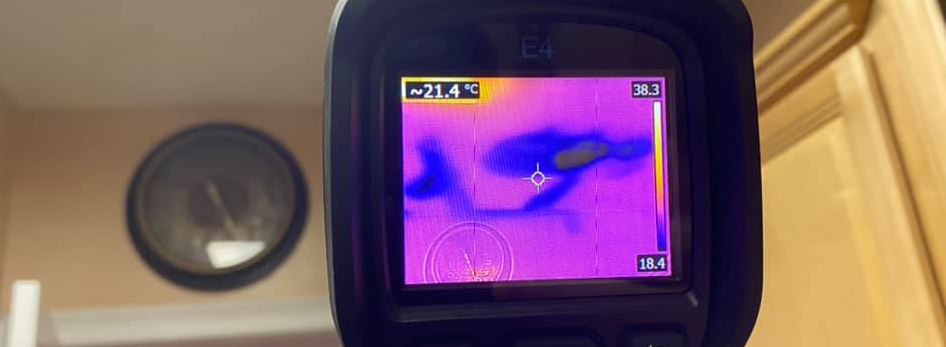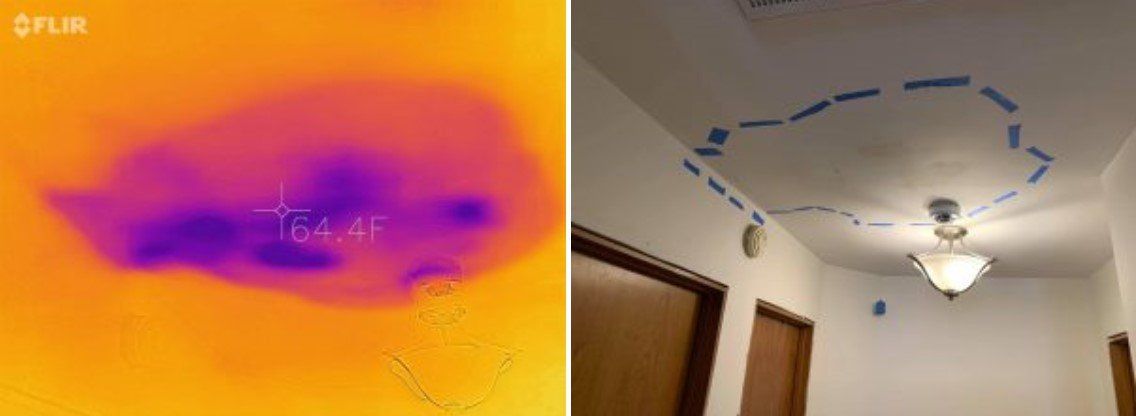Infrared Thermal Imaging for Mold and Moisture Detection

Water Damage and Mold Can Have Lasting Effects
Finding Hidden Moisture and Mold
MasterTech Environmental of Myrtle Beach uses thermal imaging to discover the places in your home where there is excessive moisture. This technology allows us to quickly discover areas with mold or prone to mold growth. In fact, without the IR thermography tool, we might overlook certain areas that "appear" dry to the surface touch, but might hold moisture within walls, ceilings, and other "hidden" places.
Infrared thermal imaging can quickly scan a space and document levels in a color coded "moisture map." This technology lets MasterTech Environmental of Myrtle Beach easily look at the areas visibly affected along with nearby walls, ceilings and floors. In the past, this could only be done by hand, physically removing drywall to check inside walls, a time-consuming and expensive process.
MasterTech Invests in Today's Technology and Tools
Infrared Thermography not only makes our job easier, it also reduces the time spent inspecting a home or business, which ends up saving the consumer time and money as well.
MasterTech Environmental of Myrtle Beach's professionals have completed Infrared Thermography coursework and training, making them skilled technicians on the job. We share our thermal images with our customers so they can see and understand our approach to mold removal and remediation.
The photos above are from a recent water damage restoration job in Myrtle Beach. In the thermal image you can see the brighter areas indicating increased moisture levels, and in the other image, you can see how we used thermography to tape off the affected area.
To learn more about how we can use thermography in mold and moisture detection, or to schedule a mold inspection, contact MasterTech Environmental of Myrtle Beach today.




